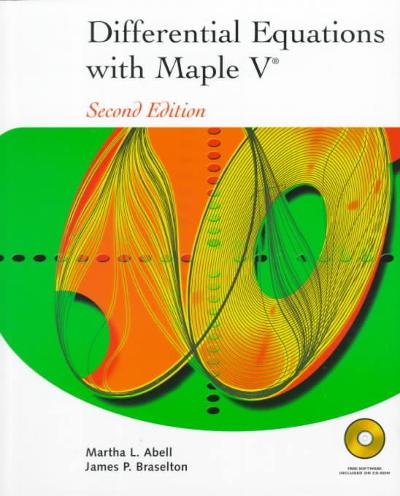Need help understanding and answering 1.3 and 1.4 Thank you!
Suppose you have been observing the bartender at the Mos Eisley Cantina and measuring how much he deviates from his desired volume every time he pours someone a glass of blue milk. You now have n independent and identically distributed observations X1, X2, . . . , Xn (all in milliliters). Since some deviations are above the desired volume (positive) and some are below the desired volume (negative), you have speculated that the data may follow a normal distribution with some unknown mean a and variance o? > 0. The probability density function for the normal family of distributions is given by f(x) = - 1 (2-4)2 202 for x E (-0o, 00) OV27 As we saw in class, the maximum likelihood estimator (MLE) for u (or o) is defined as the value of u (or o) that can maximize the likelihood (i.e., joint probability density) for the given observations X1, X2, . .., Xn. Since these observations are assumed independent of each other, the likelihood can be expressed mathematically as follows: L( Me, 02) = [If(Xiill, 02 ) = II-1 20 2 (*) i=1 i= 1 OV27 The task is then to find the maximizer (@, 82) that attains the highest value of L(M, 62). Note that L(u, 02) involves exponential functions. Therefore, it is more convenient to work on the natural logarithm of L(u, 2), which is a monotone transformation that does not change the maximizer (u, 02). Specifically, the log-likelihood function is defined as I(u, o?) = In L(M, 02). 1.1 Problem Under your assumption that the iid observations X1, X2, . .. , Xn come from a normal dis- tribution with unknown parameters (u, o2), derive the log-likelihood function I(u, 02) using (* ) (Hint: In(ab) = In a + Inb; and In(IIt_, a.) = Et , In ai.) 1.2 Problem Derive ou , t al , the first-order partial derivative of the log-likelihood function I(/, o2) with respect to u. Show your work.1.3 Problem It can be shown that {(n, 02) is a concave function. Therefore, a pair (, 5'2) that satises the \"rst order condition\" (i.e., the rst-order partial derivatives all equal to zero), will be the maximizer we are looking for. Solve for the MLE of the mean u by setting % you get from Problem 1.2 equal to zero. 1.4 Problem \" $ 2 It can also be derived that the MLE of the variance 1&2 = E'=1(x"_\") . Suppose you observed the following 16 deviations from the bartender's desired blue milk volume (in milliliters): "mm mm 0.57 0.20 0.91 0.41 0.52 0.07 0.61 0.13 You believe data to come from a Normalu, 02) distribution. What are the MLEs of the parameters p. and a for this dataset? Given your ndings, do you think the bartender is more likely (on average) to exceed his desired volume or be below his desired volume when pouring blue milk








